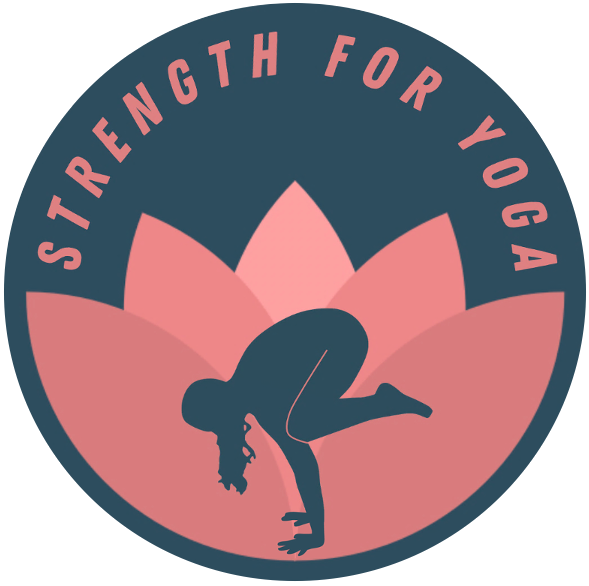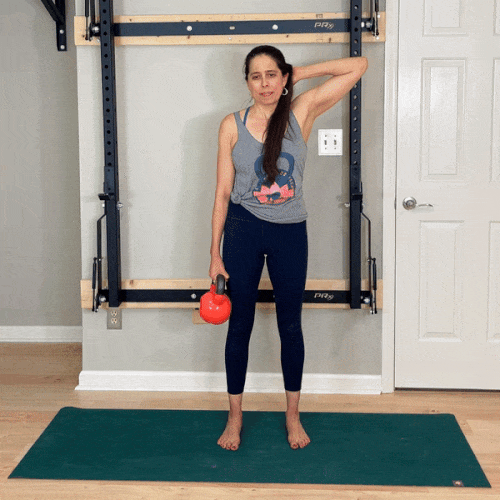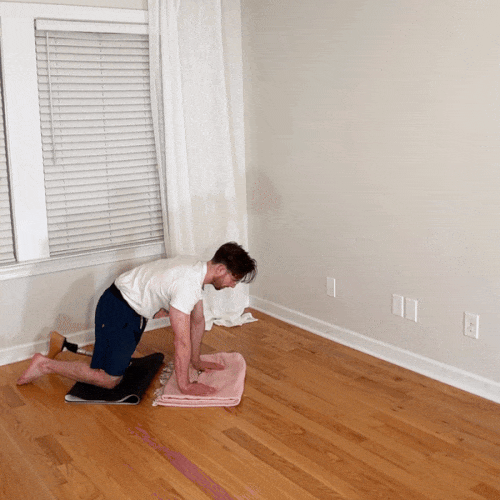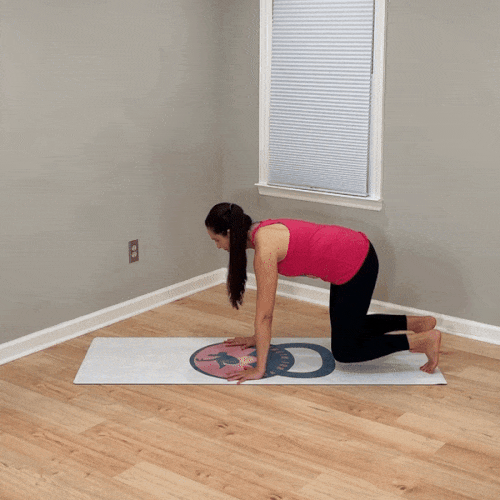What Are the 3 Ways to Train the Core?
This blog post was first sent to the Strength for Yoga email list as an email newsletter. Sign up for the SFY email newsletter here!
What Are the 3 Ways to Train the Core?
Have you noticed the wide range of strong opinions out there about the best way to train the core?
Depending on where you look on social media, YouTube, or Google, you might be told that...
Crunches are the worst exercise in the world and we should never train the core this way ❌
The ideal core workout is 1,000 crunches a day 👍
Planks and bird dogs are the best and only way to train the core 😇
Squats and deadlifts are core strengtheners and you should never do any other core training besides these two exercises ☝️
These types of claims about the best way to train the core abound – along with so many others!
But do you know the movement science-based truth?
The truth is that our core is well-suited to move in *many* different ways – including the aforementioned crunches, planks, bird dogs, squats, deadlifts, and so many more!
There is no single “best way” to train the core, and in order to target this area thoroughly, we should move it in a variety of ways – not just one!
According to Fountaine & Perry in their 2017 article “Core Training: Separating Fact From Fiction,” we can think about core training in terms of 3 categories.
Here’s a description of all 3 core training categories:
1) Isolated Isometric
In isolated isometric core training, we work our core while it holds still.
Examples include plank (which targets the anterior core) and side plank (which targets the lateral core).
Plank pose
Side plank
2) Isolated Dynamic
In isolated dynamic core training, we work our core while it moves.
Examples include sit-ups (which targets the anterior core) and standing side bends (which target the lateral core).
Straight-leg sit-up
Side bend
3) Integrated Dynamic
Whereas the previous two categories of core training are “isolated” because they target the core only, this third category integrates the core into dynamic movements of the arms and legs.
Examples include kneeling slide out (which target the anterior core as the arms move) and bear crawls (which target the rotational core while the arms and legs move).
Kneeling slide out
Bear crawl
To thoroughly train the core, we should choose isolated isometric, isolated dynamic, and integrated dynamic exercises.
In addition, within each of these categories, we should include exercises that target all 3 directions of motion of the core (anterior, lateral, and rotational).
That's a lot to think about, isn't it? 😀
Luckily, in our new program, 5 Weeks to a Strong Core, we've done this work of intentionally selecting exercises and carefully programming for comprehensive core strength – so you don't have to!
All you have to do is hit "play" on our 12 strength practice videos and follow along with us – it's as simple (and effective) as that!
Here's what you'll get with 5 Weeks to a Strong Core:
A series of 12 follow-along, 360° core strength practices
Each practice is only 15 minutes long! (Maximal core strength with minimal time commitment 👍)
Bodyweight workouts – no weights required!
A new practice delivered to you every 3 days for 5 weeks
Lifetime access to all 12 practices at the end of the 5 weeks, so you can go back and repeat the entire program any time
You Might Also Like…










